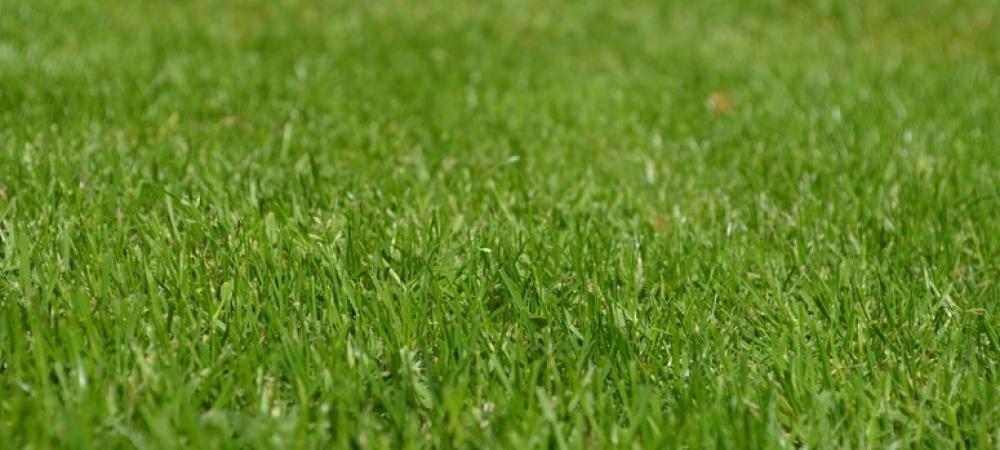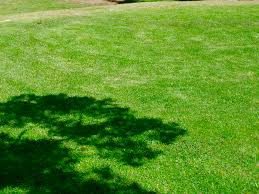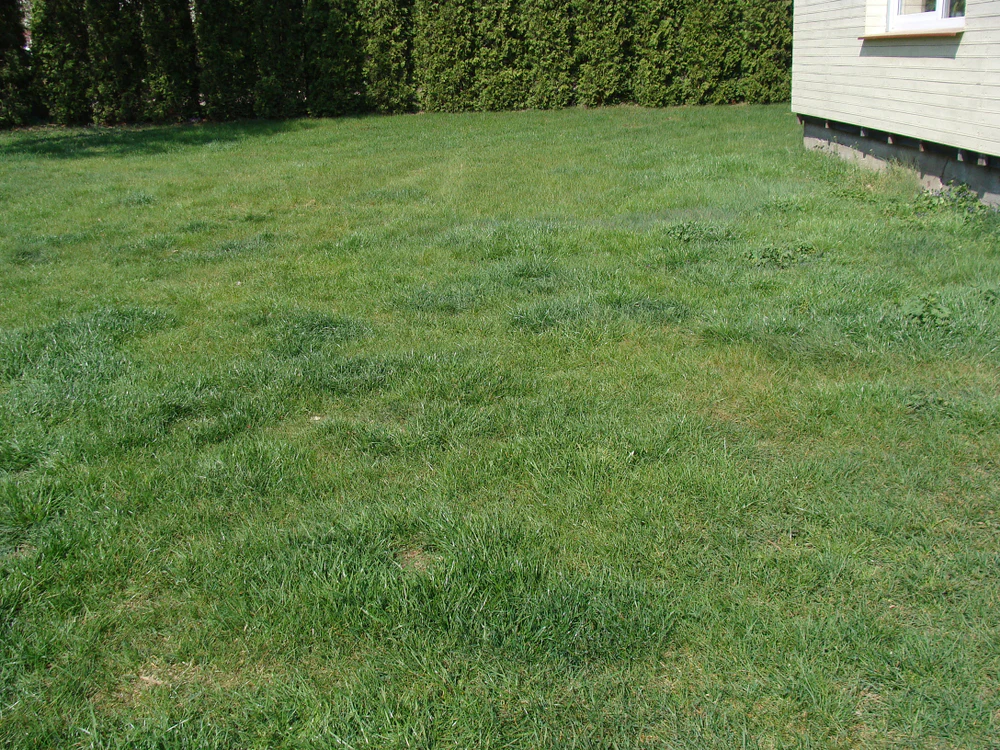A lush, vibrant lawn is the pride of any homeowner, but maintaining a mixed grass lawn—one that includes both warm- and cool-season grasses—requires a tailored approach. With the right strategies, you can keep your turf green and healthy year-round. In this blog, we’ll explore how to manage a mixed grass lawn for consistent growth, covering everything from mowing and watering to seasonal fertilizing and pest control.


What Is Core Aeration?
A lush, vibrant lawn is the pride of any homeowner, but maintaining a mixed grass lawn—one that includes both warm- and cool-season grasses—requires a tailored approach. With the right strategies, you can keep your turf green and healthy year-round. In this blog, we’ll explore how to manage a mixed grass lawn for consistent growth, covering everything from mowing and watering to seasonal fertilizing and pest control.
What is a Mixed Grass Lawn?
A mixed grass lawn is a turf that combines different grass species, typically blending cool-season grasses (like fescue, Kentucky bluegrass, or ryegrass) with warm-season grasses (like Bermuda, zoysia, or St. Augustine). This mixture helps lawns stay green in varying climates and improves resistance to diseases, pests, and drought.
Benefits of a Mixed Grass Lawn
Seasonal resilience: Ensures green coverage in both warm and cool months.
Disease resistance: Diversity in species reduces vulnerability to lawn diseases.
Low bare spots: Mixed grasses fill in patches better than single-type lawns.
Water efficiency: Some grasses are more drought-tolerant, reducing water use.
1. Understand Your Grass Types
Knowing what types of grass are in your lawn is essential. Warm-season grasses thrive in summer but go dormant in winter, while cool-season varieties peak in spring and fall.
🔍 Tip:
Use a grass ID tool or consult a local extension service to determine your lawn composition.
✂️ 2. Mowing Techniques for Mixed Grass Lawns
Consistent mowing is critical for lawn health. However, mowing height and frequency can vary depending on the dominant grass type.
Mowing Tips:
Mow high (3–4 inches) for cool-season grasses.
Mow lower (1–2 inches) for warm-season varieties.
Avoid cutting more than ⅓ of the grass blade at a time.
Sharpen mower blades regularly to avoid tearing the grass.
SEO Note:
This helps encourage consistent grass growth and reduces stress on mixed grass species.
💧 3. Watering for Consistent Growth
Mixed grass lawns require a watering schedule that balances the needs of both grass types.
Watering Guidelines:
Water deeply but infrequently (1–1.5 inches per week).
Water early in the morning to reduce evaporation and prevent fungus.
Use smart irrigation systems or soil moisture sensors for optimal control.
🌾 4. Fertilizing Your Mixed Grass Lawn
Because warm- and cool-season grasses have different nutrient needs, use a balanced fertilizer strategy.
Seasonal Fertilizer Tips:
Spring and fall: Focus on nitrogen-rich fertilizer for cool-season growth.
Late spring to summer: Use slow-release fertilizer for warm-season grasses.
Avoid over-fertilizing, which can encourage weeds and burn grass.
🧪 5. Soil Testing and pH Balance
Healthy grass starts with healthy soil. Perform a soil test at least once per year.
Action Steps:
Adjust pH levels to the ideal range (6.0–7.0).
Amend soil with lime or sulfur based on test results.
Add organic matter to improve soil structure and drainage.
🦠 6. Weed and Pest Management
Mixed grass lawns can be vulnerable to invasive weeds and pests. Preventative care is key.
Prevention Tips:
Apply pre-emergent herbicides in early spring and fall.
Use natural pest control methods when possible (e.g., nematodes for grubs).
Maintain a healthy, dense lawn to crowd out weeds.
🌀 7. Seasonal Lawn Care Calendar
Spring:
Aerate and overseed.
Apply pre-emergent weed control.
Begin mowing and watering schedules.
Summer:
Deep watering during dry spells.
Fertilize warm-season grass.
Monitor for pests and lawn diseases.
Fall:
Fertilize cool-season grasses.
Rake leaves to avoid suffocating the lawn.
Overseed if needed.
Winter:
Reduce foot traffic.
Avoid heavy applications of fertilizer or water.
Plan for early spring maintenance.
Tools to Help You Succeed
Smart sprinkler systems for efficient watering.
Dual-blade mowers for even cutting.
Soil test kits from your local garden center.
Lawn care apps for tracking fertilization and watering schedules.
Final Thoughts
Successfully managing a mixed grass lawn is all about balance. By understanding your grass types, tailoring your care routines by season, and staying proactive with mowing, watering, and fertilization, you’ll achieve consistent grass growth and a visually stunning lawn.
Whether you’re a seasoned homeowner or new to lawn care, applying these lawn maintenance tips will help you enjoy a green, resilient yard that thrives in every season.


